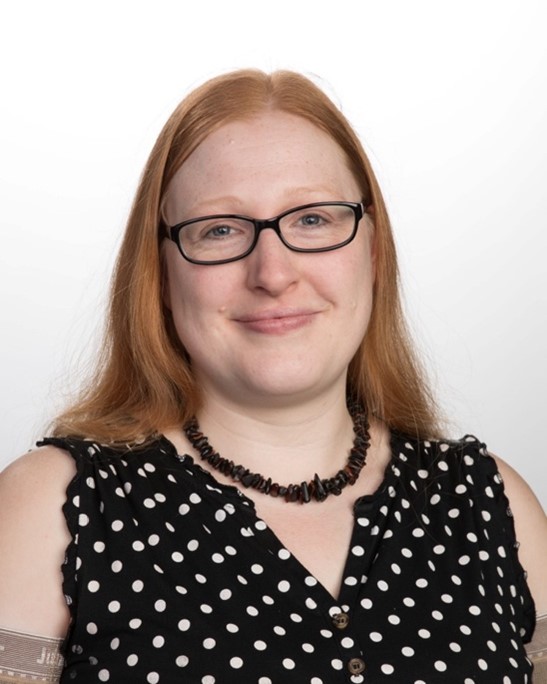President: Dedmer B. Van de Waal (Netherlands)
Dedmer Van de Waal is senior scientist at the department of Aquatic Ecology of the Netherlands Institute of Ecology (NIOO-KNAW) and professor in Aquatic Functional Ecology at the University of Amsterdam. In his work, he aims to reveal the cellular processes that underlie phytoplankton population and community dynamics. He specifically studies the impacts of global environmental change on harmful algal blooms in marine and freshwater systems. To that end, he applies and develops functional ecological scaling approaches such as trait-based ecology and ecological stoichiometry. He received the 2016 ISSHA Patrick Gentien Young Scientist Award and the 2020 ASLO Yentsch-Schindler Early Career Award for his work on harmful algae and their toxin synthesis. He furthermore received various grant including an ERC Consolidator Grant (2021) to reveal processes underlying cyanobacterial bloom toxicity, and an EU Doctoral Network grant to assess the role of cyanobacterial parasites on bloom dynamics. He has been active as past chair and current member of the Dutch Cyanobacterial Platform, where he was closely involved in developing risk assessment policy for the Netherlands.

Vice President: Lorena María Durán Riveroll (Mexico)
Lorena M. Durán-Riveroll is a Mexican researcher employed by the Science Secretariat (SECIHTI), at CICESE in Ensenada, Baja California, Mexico. She obtained her BSE in Biochemical Engineering, followed by a BA in Literature, and then returned to science with an MSc. and PhD. in Marine Science from the National Polytechnic Institute's Interdisciplinary Center for Marine Science (CICIMAR). She graduated Summa cum laude in both levels. In 2014, her work was recognized with the Lázaro Cárdenas National Award for the best doctoral student in Medical–Biological Sciences of the National Polytechnic Institute. Nowadays, she runs a research team focused on the chemical ecology of microalgae and curates the dinoflagellate culture collection at the Marine Biotechnology Department at CICESE. Currently, she is the President of the Mexican Society for the Study of Harmful Algal Blooms (SOMEFAN) in Mexico.
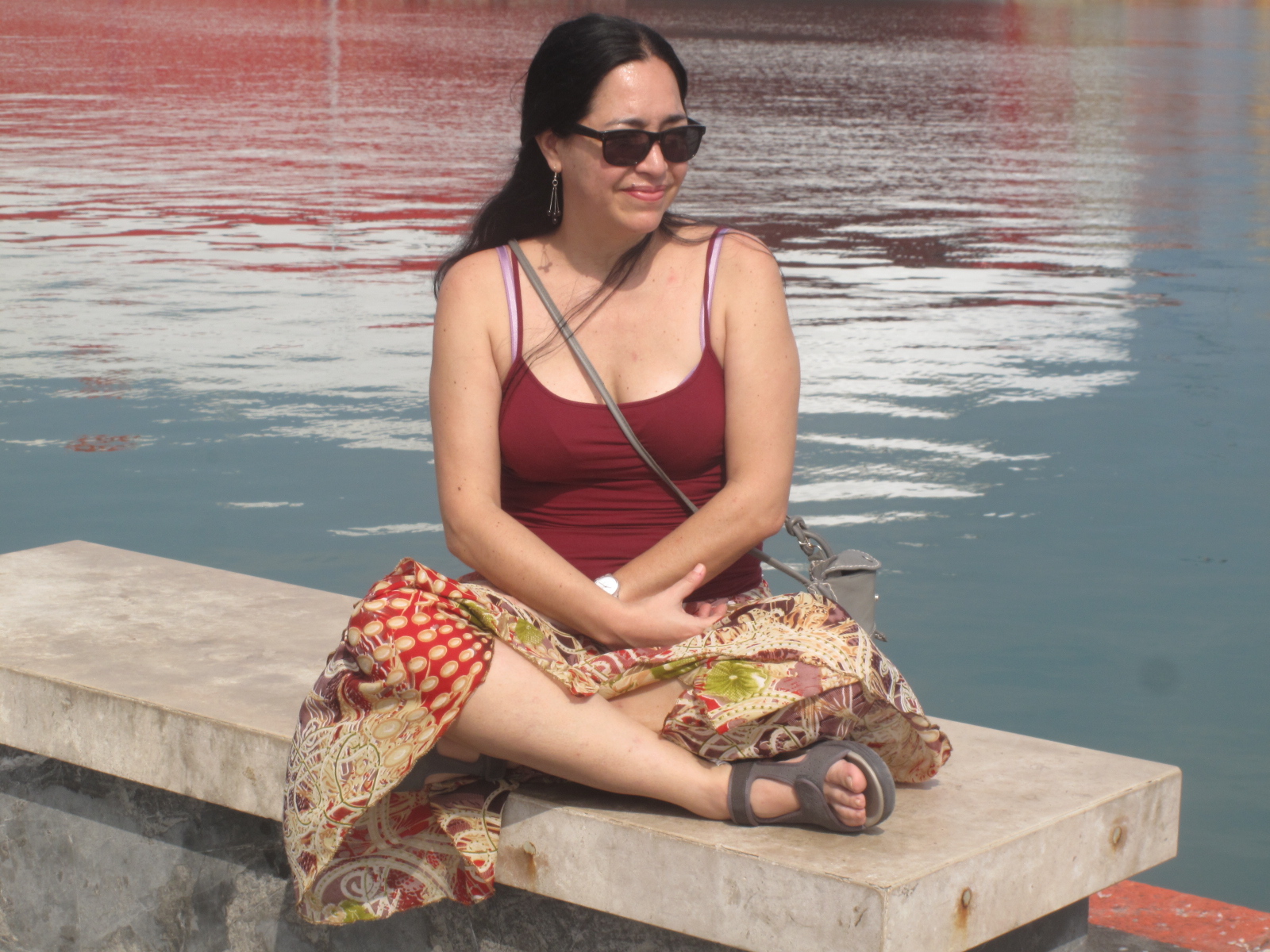
Vice-President: Uwe John (Germany)
Uwe John is a senior scientist in the Department of Chemical Ecology at the Alfred Wegener Institute (AWI) in Germany, where he leads the eco-evolutionary working group. His work focuses on understanding the mechanisms and adaptive processes of species interactions and their impact on bloom initiation and formation. The group consistently applies molecular and genomic tools and works on different organisational scales, from genomes to communities, including intraspecific diversity. Alongside their extensive laboratory work, the group conducts field research using mesocosms and research cruises to study community dynamics in natural environments. Uwe has worked in the field of HABs since 1998, participating in numerous international projects focusing on HABs, and has been a member of ISSHA ever since.
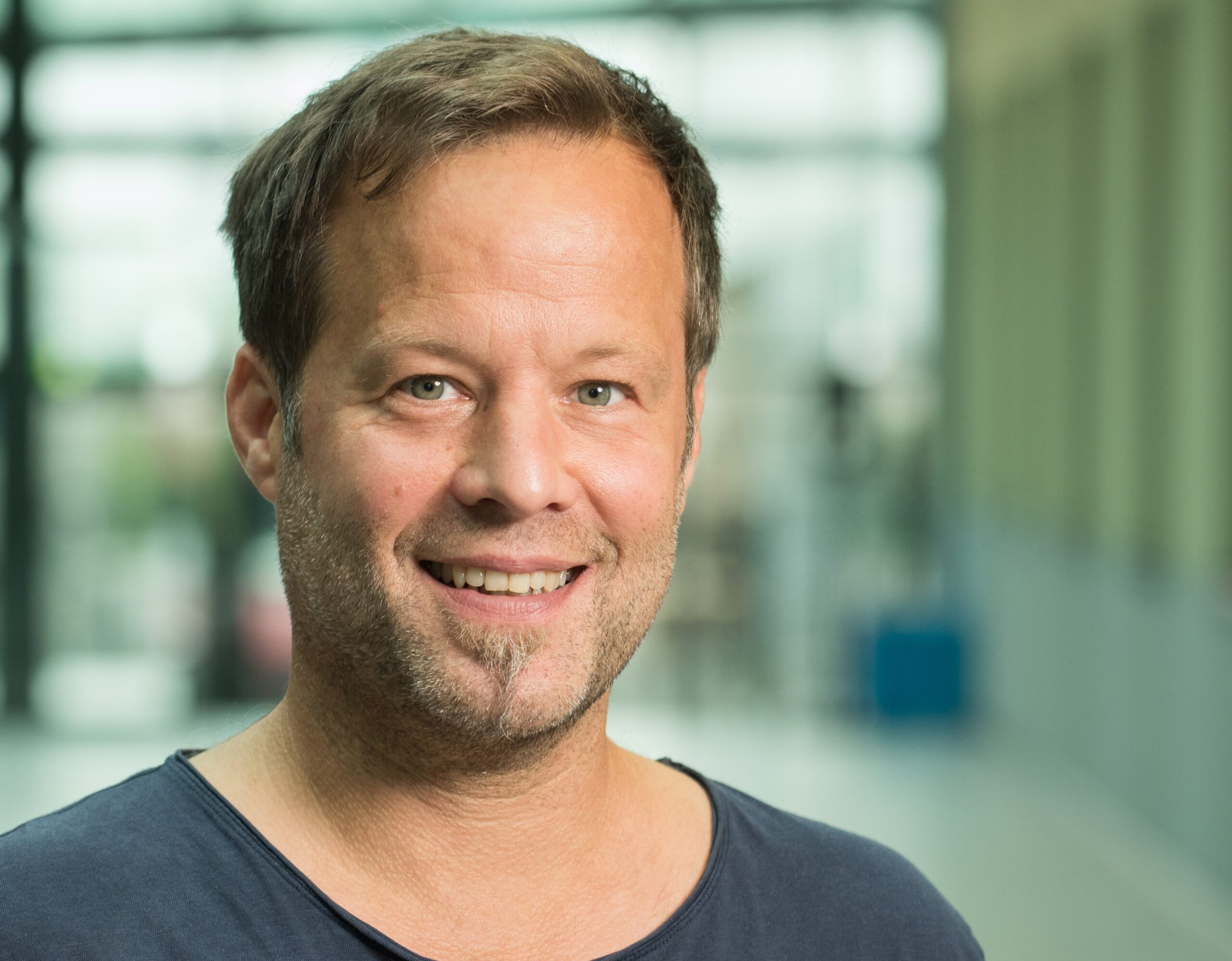
Treasurer: Marie-Yasmine Dechraoui Bottein (France)
Marie-Yasmine Dechraoui Bottein is a professor at the Université Côte d’Azur in Nice (France), where she serves as Program Director of the Master in Environmental Hazards and Risks Management. Her work focuses on harmful algae, marine biotoxins, and environmental risk management, drawing on extensive research, teaching, and international capacity-building experience developed over her career.
She previously spent 11 years at NOAA’s Coastal Environmental Health and Biomolecular Research Program in the USA and 7 years at the International Atomic Energy Agency (IAEA) Environment Laboratories in Monaco, and has provided expertise to the Food and Agriculture Organization (FAO), the Intergovernmental Oceanographic Commission of UNESCO, and the French Agency for Food, Environmental and Occupational Health & Safety.
Yasmine currently co-chairs the task team on benthic harmful algae at the IOC-UNESCO Intergovernmental Panel on Harmful Algal Blooms (IPHAB). She has also been a member of the Council of the International Society for the Study of Harmful Algae (ISSHA) for four years, including a two-year mandate as Treasurer.
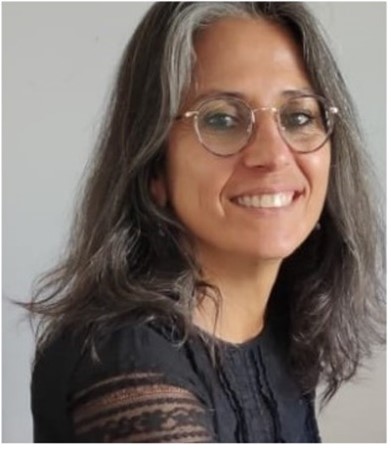
Secretary: Ingrid Sassenhagen (Germany)
Ingrid Sassenhagen is a researcher at the Leibniz Institute for Baltic Sea Research in Warnemünde (IOW), Germany. She obtained her PhD from Lund University in Sweden and carried out postdoctoral research at the Marine Science Institute, University of Texas at Austin (USA), the Laboratoire d’Océanologie et de Géosciences, Université du Littoral Côte d’Opale (France) and at the Department of Ecology and Genetics, Uppsala University (Sweden). Ingrid has worked both with freshwater and marine phytoplankton species including species such as Gambierdiscus caribeus, Gonyostomum semen and Skeletonema marinoi. Her research focused in the past on intraspecific diversity, local adaptation, community composition and trophic interactions in microalgae. At IOW, Ingrid contributes to HAB monitoring in the Baltic Sea using in situ imaging technologies and metabarcoding focusing in particular on the toxic species Prymnesium parvum and Alexandrium pseudogonyaulax. Furthermore, she investigates the impact of hydrodynamics and benthic-pelagic coupling in shallow coastal waters on phytoplankton communities.
Ingrid has already served for the past 2 years as ISSHA secretary and would enjoy working for 2 more years with the ISSHA council.

Past President: Wayne Litaker (USA)
With a degree in oceanography from Duke University, Wayne Litaker took a career detour and served as a faculty member in Program in Molecular Biology and Biotechnology at the University of North Carolina Medical School for 14 years. However, his innate curiosity and early love of plankton and coastal ecology brought him back to the coast in 2002, when he joined NOAA’s Beaufort Lab. Since then he has worked with the HAB group to apply his molecular skills and marine ecology background to address issues concerning the ecology, taxonomy, molecular biology and detection of harmful algal bloom species and their toxins. The work done by this group has been recognized with the Provasoli Award and Tyge Christiansen Prize. He has served on the Journal of Phycology editorial board, has authored more than 100 publications and his outstanding service has been recognized by the US Department of Commerce Gold Medal.
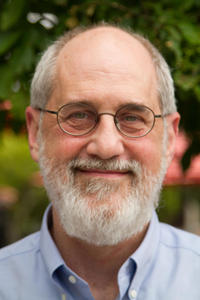
Laura Biessy (New Zealand)
Laura Biessy is an early career scientist based at the Cawthron Institute in Nelson. Her research focuses on aquatic ecology and the application of molecular tools to understand these complex environments and enable the protection of human health. She specializes in marine and freshwater harmful algal blooms but has a particular interest in marine biotoxins present in shellfish. Her PhD research focused on tetrodotoxin, and used a wide range of molecular, analytical, and laboratory-based studies to investigate the source and transmission of the toxin in New Zealand shellfish. Since finishing her PhD in 2021 she has worked as a research scientist at Cawthron where she leads components of the New Zealand government funded Seafood Safety research platform, in particular the study of marine cyanobacteria and the ecology of harmful algal blooms impacting fish and shellfish. Laura also has a special interest in supporting young scientists and established an early career researcher group to provide a support network and career development opportunities for scientists in New Zealand.
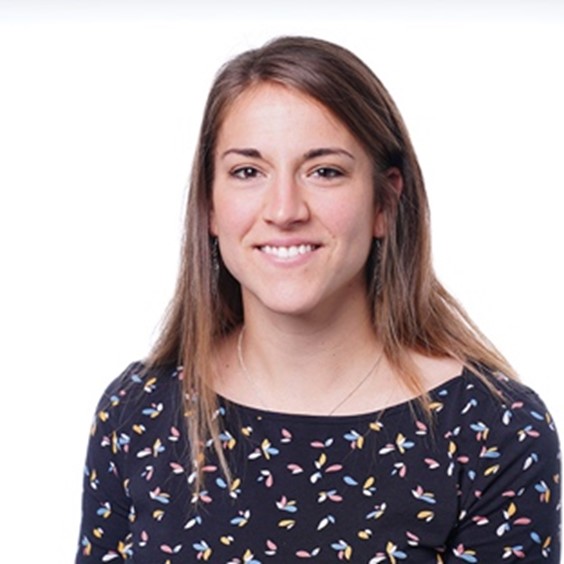
Christine Edwards (United Kingdom)
Christine has over 30 years’ experience in biotoxin research with >10 years’ industrial experience, with the rest of her career in Universities (UCL, Dundee and RGU). As Co-Director of CyanoSol at RGU, she has pioneered the study, production and curation of the World’s largest portfolio of cyanotoxins made available to the global scientific community through industrial collaboration with Enzo Life Sciences. This expertise, along with bespoke provision for algal culturing (>1200 L), downstream processing, purification (mass guided prep chromatography) and characterisation of biotoxins (LC-MS) at RGU have underpinned the delivery of multiple UKRI projects, developing advanced oxidation and nature-based water treatment solutions. Christine has extensive experience in method development for trace analysis of marine and freshwater biotoxins in complex sample matrices (shellfish, water, animal/fish tissues and cells) working closely with UK shellfish industry. Christine and Professor Linda Lawton from CyanoSol will host ICHA 2027 in Aberdeen, Scotland.

Henrik Enevoldsen (Denmark)
I have been engaged with ISSHA since, and in, its formation, and I have been the ISSHA Treasurer several times. I provide a link between ISSHA and the IOC UNESCO and I am committed to make the most of that role and the potential of an NGO like ISSHA to have the best possible interaction with, and complementarity with, governmental UN organizations like the IOC. I hope to be able to continue to do so, why I offer my candidature. I am an ocean science specialist with 30+ years of working experience in marine science, in particular related to impacts of human activity on the marine environment; eutrophication, aquaculture and harmful algal blooms and the effects of climate change on this challenges, as well as the development and implementation of related capacity development activities and global assessments. I have experience in development and implementation of ocean and global change projects at global, regional and national level. I work as a programme specialist and Head of Centre at the Intergovernmental Oceanographic Commission (IOC) of UNESCO, responsible for IOC programmes on harmful algal blooms, eutrophication, pollutants, and the effects of climate change on these issues. I am responsible for developing the SDG indicator for coastal eutrophication SDG 14.1. I was editor of and contributor to the IOC publication ‘State of the Ocean Report’ 2022 and 2024. I am located at the IOC science and Communication Centre on Harmful Algae which is hosted by the Dept. of Biology, Marine Biological Section at the University of Copenhagen, Denmark.

Máximo Frangópulos (Chile)
Dr. Máximo Frangópulos is a Chilean biologist with over 25 years of experience in phytoplankton ecology, particularly harmful algal blooms (HABs) in subantarctic and fjord and channel ecosystems of
southern Chile. He holds a Ph.D. in Biology from the University of Vigo, Spain, where his research focused on the ecological significance of toxin production in dinoflagellates. He is currently a full-time
Associate Researcher at the GAIA Antarctic Research Center (CIGA) at the University of Magallanes. Dr. Frangópulos has led and collaborated on numerous national and international research projects
addressing the ecological drivers, toxin dynamics, and community responses to HABs under changing oceanographic conditions. His work includes co-coordination of the PROFAN, EXOFAN and ICEFAN
projects, participation in CIMAR and RISUE programs, and contribution to international collaborations such as CHIC and BASE, and FOVI projects, in alliance with University of Vigo and CIIMAR in
Portugal. He has authored over 40 peer-reviewed publications in high-impact journals, including Harmful Algae and Progress in Oceanography, and has presented his findings at multiple ICHA conferences.
His interdisciplinary approach integrates oceanographic surveys, toxicology, remote sensing, and community outreach. A strong advocate for biocultural conservation and knowledge transfer, Dr. Frangópulos has actively contributed to public engagement and policy frameworks related to HAB risk management. His expertise and long-standing commitment to advancing the understanding of HABs in high-latitude environments make him a valuable candidate for ISSHA Council
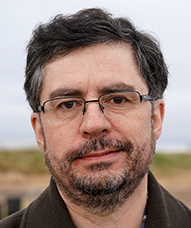
Philipp Hess (France)
Initially focusing on domoic acid and saxitoxins in UK (1998). In 2001, implemented chemical testing for lipophilic toxins in parallel to mouse bioassays (IE). Subsequently, toxin isolation and reference materials for official control, proficiency testing for shellfish toxins within QUASIMEME, method validation and standardisation for domoic acid and lipophilic toxins. He also contributed to risk evaluation through WGs (Irish, UK & French Food Safety Agencies, EFSA, FAO/IOC/WHO, Codex alimentarius). Since 2008, P. Hess continues studies on phycotoxins at Ifremer (FR) where he currently heads a research unit on the Physiology & Toxins of HABs. Research interests cover the biodiversity and ecological role of toxic algae and detection, chemistry, diversity and impact of phycotoxins on marine ecosystems and human health. The laboratory performs algal culture to understand physiology of HABs and generic methods for biodiscovery & purification, based on miniaturised bioassays, preparative separation and mass spectrometry. He teaches a course on phycotoxins at Nantes University and acted as the adjunct director of the regional Research Federation Oceans & Coasts (IUML) from 2009-2012. From 2013 - 2023, he co-directed the French research network on HABs (PHYCOTOX). He contributed to communicating science to policy stakeholders through the ESF Marine Board WG “Oceans and Human Health”, acted as expert for EU-FVO (Food and Veterinary Office) at inspections of EU and third countries for compliance of shellfish production with EU regulations, and he represents France on the Intergovernmental Panel on Harmful Algal Blooms (IPHAB IOC-UNESCO), which he chairs since 2023.

Mitsunori Iwataki (Japan)
Mitsunori Iwataki is an associate professor at Graduate School of Agricultural and Life Sciences, University of Tokyo, and previously worked in Nagasaki University, University of Copenhagen, and Yamagata University, after his completion of Ph.D. course at University of Tokyo in 2002. He is interested in taxonomy and phylogeny of microalgae, especially marine harmful dinoflagellates, and published taxonomic and phylogeographic research on the marine dinoflagellates, such as the Amphidomataceae, Heterocapsaceae, Suessiaceae, Gymnodiniales, and the raphidophyte Chattonella in the Asian Pacific, collaborating with HAB researchers in East Asia and Southeast Asia, under IOC/WESTPAC-HAB, EASTHAB, and PICES S-HAB. He participates in the IOC-UNESCO Intergovernmental Panel on Harmful Algal Blooms (IPHAB) from Japan, and a member of IPHAB Task Team on Algal Taxonomy.
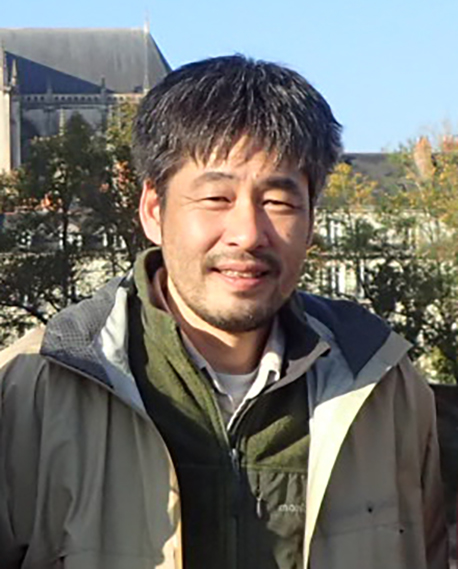
Prof Dr. Po Teen Lim (Malaysia)
Po Teen Lim is a Professor at the Institute of Ocean and Earth Sciences, University of Malaya, Malaysia. He has published over 120 research papers and presented more than 150 papers in national and international meetings. His research team has conducted a comprehensive study on amnesic shellfish toxin-producing diatom Pseudo-nitzschia, documenting 30 species in Malaysian waters, with the descriptions of eight new species, and assessing the risk of ASP in Malaysian waters. His research in HABs is not limited to that, but also includes studies on benthic harmful microalgae and the toxic/harmful dinophyte species, such as Alexandrium, Karlodinium, and Heterocapsa. He is also actively involved in research and capacity development program in the country and the Western Pacific region, particularly through the UNESCO-IOC WESTPAC-HAB program. He was also an SSC member IOC GLOBALHAB Program from 2016-2023, and Vice President of the ISSHA from 2018-2025. Currently, he serves as an editorial member in several journals, including Harmful Algae.

Sam Murray (New Zealand)
Dr. Sam Murray is a Senior Marine Toxin Scientist at the Cawthron Institute in Nelson. He is also Cawthron’s Science Impact Leader for the Pacific, a multi-disciplinary team focused on supporting resilient communities across the region, and leads the chemistry research within the New Zealand government funded Seafood Safety research platform. With 20 years’ experience in research and commercial laboratories, Sam specialises in the discovery, structural elucidation, and analysis of bioactive metabolites produced from harmful algae, their accumulation in marine species, and their threat to human health. His research spans multiple national and international projects addressing both existing and emerging risks to New Zealand, its Pacific neighbours, and other coastal nations, with a particular interest in ciguatera poisoning. Sam is also an avid freediver and spearfisherman and often uses these techniques to collect research samples. He has delivered scientific presentations and guest lectures in over ten countries, contributed to the development of the WHO and UN global ciguatera strategy, and serves as a New Zealand representative in the UN Codex on ciguatera. Lastly, he has led several laboratory capability and capacity development projects with Pacific Island nations. These initiatives aim to improve public health and support economic development through expanded and new trade opportunities.

Shauna Murray (Australia)
Prof Shauna Murray leads a team at the University of Technology Sydney, in Australia, investigating the ecology, genetics, detection, and toxicity of phytoplankton in harmful algal blooms. Shauna’s research group has developed and commercialised DNA-based HAB detection tools, as well as discovering many new toxic harmful algal species. She has been awarded many research grants in collaboration with the aquaculture and seafood industries and government. She is program director for the UTS Bachelor of Marine Biology and Climate Change.
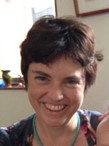
Malin Olofsson (Sweden)
Dr. Malin Olofsson is a researcher at the Swedish University of Agricultural Sciences, Uppsala, Sweden. She obtained her PhD from the University of Gothenburg in 2018. Following her PhD, she worked at the Swedish Hydrological and Meteorological Institute working with data monitoring, satellite imaging, and modeling to understand cyanobacterial bloom formation. Next, Malin did a 2-year postdoc at the Dept of Marine Sciences, University of Georgia, US, where she learned novel tools to explore phytoplankton-bacterial interactions. Malin is currently leading an algal toxins knowledge center with analytical capacity, focusing on cyanobacteria in both freshwaters and brackish environments. In this initiative she is both working scientifically with understanding toxin production and drivers regulating toxins, but also in collaboration with mussel farmers in the Baltic Sea to identify safe periods of harvest and using remote sensors for toxin surveillance. She is also working closely with municipalities with issues of blooms in their bathing sites to support their communication with the public. Malin is a member of the Swedish Marine research committee and holds a position as a member of the GlobalHAB Scientific Steering committee. She has experience of collaboration outside of academia and has an extensive global network.

Oyeshina Gideon Oyeku (Nigeria)
Dr. Oyeshina Gideon Oyeku is an environmental biologist and Lecturer at Bowen University, Nigeria whose research focus includes harmful algal blooms (HABs), their taxonomy, ecophysiology, and bio-optical traits. He made the first documented report of Fukuyoa paulensis in the northeast Indian Ocean (Bay of Bengal) and provided pioneering morphological and molecular characterization of both F. paulensis and Prorocentrum lima in the region. His research also marked the first confirmation of okadaic acid production by P. lima in the Bay of Bengal.
Dr. Oyeku’s work has improved understanding of HAB dynamics in the North Indian Ocean, shedding light on their causes, ecological and public health impacts, and potential future patterns. He was awarded the prestigious TWAS-CSIR Postgraduate Fellowship for his Ph.D. research on climate change and algal bloom formation, and more recently, the POGO Fellowship for satellite-based aquatic ecosystem monitoring, which included advanced training at the Plymouth Marine Laboratory, UK.
A recipient of multiple research awards and author of several peer-reviewed publications, Dr. Oyeku is an active member of ISSHA, ASLO, ASM, and the Ecological Society of America. He serves on university committees, mentors undergraduate researchers, and supports emerging scientists through the Geosciences Education & Mentorship Support (GEMS) Program. His work aims to enhance HAB monitoring, water quality management, and environmental sustainability across tropical and subtropical waters.

Antonella Penna (Italy)
Antonella Penna is a Full Professor of Ecology at the Department of Biomolecular Sciences, University of Urbino, Italy. Her research focuses on the molecular ecology of marine phytoplankton, with a particular emphasis on harmful algal blooms (HABs). She employs advanced molecular techniques, including quantitative PCR and DNA metabarcoding, to monitor and quantify toxic microalgal species in coastal ecosystems. Her work aims to elucidate the genetic diversity, distribution, and ecological dynamics of these organisms, contributing to the development of predictive models for HAB occurrence and impact. This research is critical for understanding the environmental and public health risks associated with HABs in the Mediterranean Sea. She collaborates with leading researchers and laboratories worldwide. These collaborations facilitate studies on the molecular ecology of marine microorganisms and the environmental factors influencing HABs. Her activity is also dedicated to the comprehensive assessment and development of management strategies for controlling water discharge to mitigate the impacts of eutrophication in coastal areas of the Mediterranean Sea. These approaches aim to reduce nutrient enrichment that leads to harmful algal blooms, oxygen depletion, and biodiversity loss. Her outstanding research contributed numerous articles in International impacted journals. She is the President of Italian Marine Biology Society, past member of board of Italian Ecology Society, member of consultant of Exotic Species Committee of the Ministry of Agriculture, Food and Forestry. Since 1995, she has been a member of the International Society for the Study of Harmful Algae (ISSHA), reflecting her long-standing commitment to the study and management of HABs.
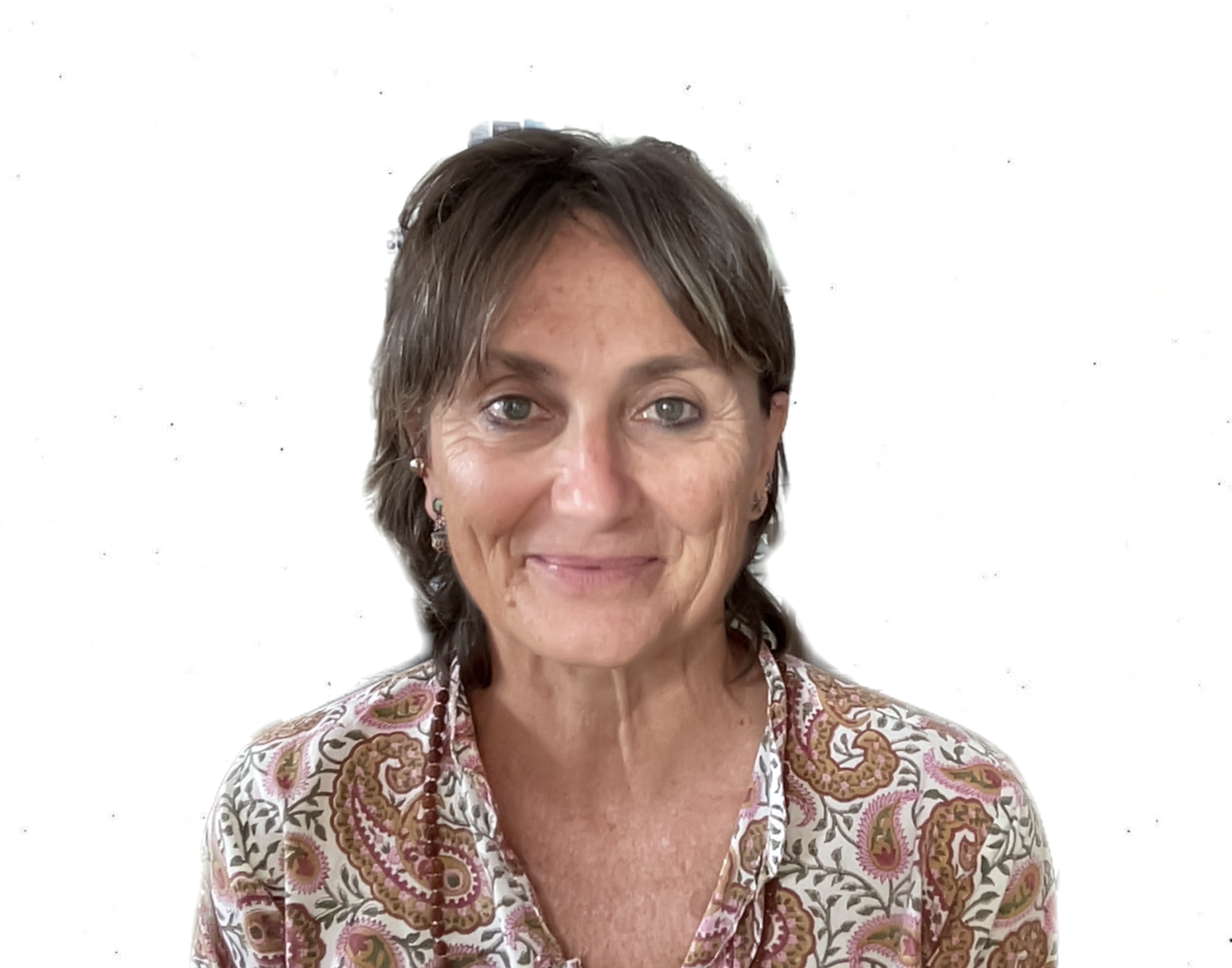
Mary Carmen Ruiz de la Torre (Mexico)
Mary Carmen Ruiz de la Torre is a full-time professor at Autonomous University of Baja California, Mexico, where she has been a faculty member since 2013. She holds a Ph.D. in Marine Ecology and specializes in oceanography, marine ecology, and the study of HABs. Her research integrates phytoplankton ecology, oceanographic processes, and risk management of harmful algal blooms (HABs) in the southern California Current System and Baja California coastal waters. She investigates the ecology and dynamics of key HAB species, the role of transparent exopolymer particles (TEP), the diversity of athecate dinoflagellates, and the influence of physical–biological coupling and climate variability on bloom dynamics. A central aspect of her work involves collaborations with aquaculture and fisheries stakeholders, contributing to early warning systems and coordinated monitoring efforts through the National Consortium of Phycotoxin Laboratories (FICTOTOX-SECHITI) and the Monitoring Network for the Early Warning System of HABs in Baja California. Her interdisciplinary approach links fundamental research with applied strategies for sustainable coastal management, public health protection, and climate adaptation, fostering national and international collaborations across academia, industry, and policy sectors. Her academic contributions include curriculum development, innovative teaching strategies and undergraduate and graduate supervision. She has held leadership roles in professional societies, including her tenure as President of the Mexican Society for the Study of Harmful Algal Blooms (2013–2015). Currently serving on the Council of the International Society for the Study of Harmful Algae (ISSHA), she aims to foster global collaboration, interdisciplinary research, and early-career scientist engagement within the HAB community.

Toshiyuki Suzuki (Japan)
Toshiyuki Suzuki received his Ph.D. degree in Chemistry of Marine Products from Hokkaido University in 1993. He joined the Tohoku National Fisheries Research Institute in 1993. In 1998-1999, he was invited as a visiting scientist at the Cawthron Institute in New Zealand. In 2002, he joined the National Research Council of Canada’s Institute for Marine Biosciences as a visiting scientist. In 2008, he joined the National Research Institute of Fisheries Science, which is now part of the National Research and Development Agency of Japan. He currently serves as the director of the Environment and Fisheries Applied Techniques Research Department at the National Research and Development Agency of Japan. Since 2010, he has led a marine toxin and food hygiene research group in various leadership positions. In 2024, he transitioned from the National Research and Development Agency of Japan to Kitasato University, where he now serves as a full-time professor in the Food Chemistry Laboratory. Since 2014, he has held the position of Guest Professor at Tokyo University of Marine Science and Technology. He has also served as an expert on the Food Safety Commission of Japan since 2013. Between 2004 and 2022, he was a panel member of the United States-Japan Cooperative Program on the Development and Utilization of Natural Resources, specifically on the Toxic Microorganisms Joint Panel. His research focuses on the development of analytical methods for marine toxins and the metabolism of marine toxins in animals. Recently, he has been involved in the development of internationally certified reference materials for DSP and PSP, including enantiomeric non-toxic saxitoxin. He is also actively engaged in ciguatera research.
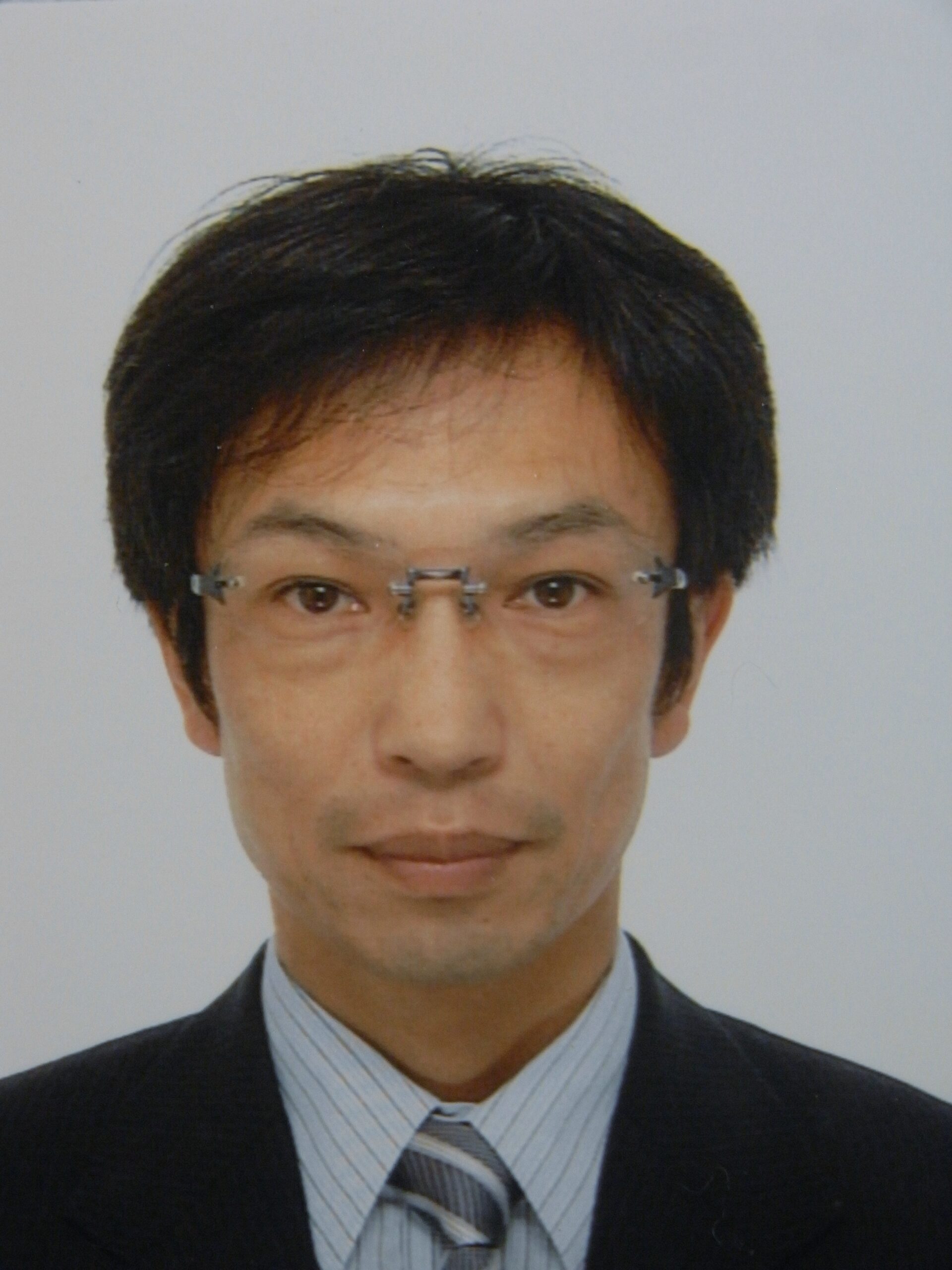
Web manager: Fredrik Ryderheim (Denmark)
Fredrik Ryderheim is an early career researcher based at the University of Copenhagen, Denmark. He received his PhD from the Technical University of Denmark in 2021 where he researched inducible defenses in microalgae, including harmful algal bloom (HAB) species such as Alexandrium and Pseudo-nitzschia. His work bridges experimental marine biology and theoretical ecology and centers on plankton ecology, with a particular focus on HAB species and the chemical and ecological interactions that drive their dynamics. His other research interests include intraspecific variation, prey selection and plankton fluid dynamics. Ultimately, he seeks to incorporate an interdisciplinary approach in his research to investigate how micro-scale behaviors can scale up to affect ecosystem-level processes. Currently, he works on the adaptive significance of lytic toxin production in microalgae, using the haptophyte Prymnesium parvum as a model organism.

Student representative: Carolin Peter (Sweden)
Carolin Peter is the current student representative on the council, focusing on the management of the ISSHA website. She is doing her PhD at the Linnaeus university in Kalmar, Sweden, where she assesses the composition of the phytoplankton community in the southern Baltic with particular attention to the influence of different nitrogen species. This includes working with the toxic filamentous cyanobacteria Nodularia spumigena. Her first dive into toxic algae was during her bachelor’s, when she assessed the composition of yessotoxin analogues in different Lingulodinium polyedra strains and she has been interested in this topic ever since.
